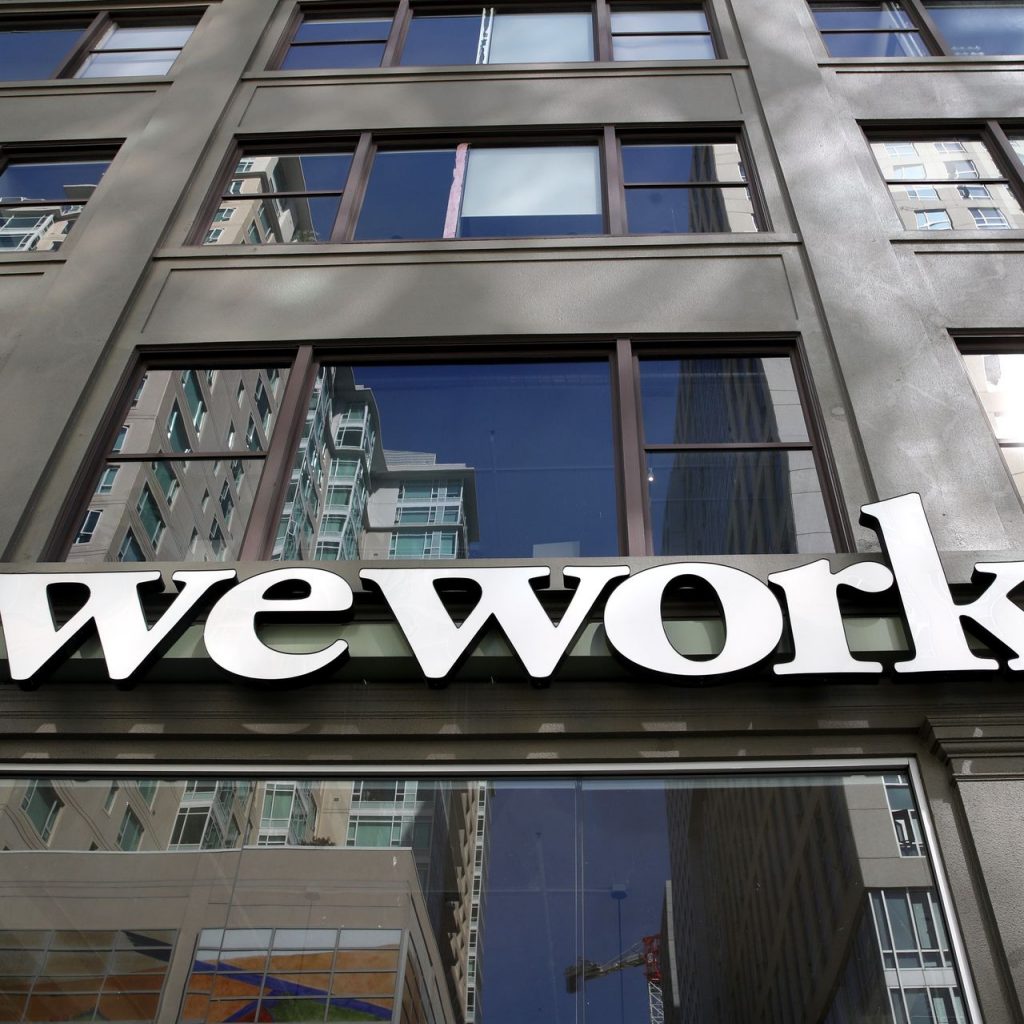Most people in the United States become active real estate investors almost by accident, without realizing that there is another choice available.
Not understanding all of the available options to invest in real estate makes perfect sense when you think about it. After all, we constantly hear that owning your own home is the best way to save for your retirement, so when investors decide to buy income real estate they naturally look at single-family homes.
Over time they add to their real estate portfolio and before you know it they’re full-time landlords and property managers while holding down a regular 9 to 5 day job at the same time.
Eventually the wear-and-tear of getting late night wake-up calls from tenants who have locked themselves out of their rental house, having to repeatedly remind the same tenant that their rent is due on the 1st and not when they feel like paying it, or trying to understand and file the myriad city, county, state and federal tax returns becomes one huge headache.
So they decide to liquidate and sell their portfolio of income producing real estate. That’s when they discover they haven’t been making as much money with their income property as they thought they were.
Next time you run into a real estate agent, ask him or her about buying investment property and you’ll be inundated with stories of what a great investment rental homes are and how much money you’ll make. Now, ask the same real estate agent about successfully selling a portfolio of investment real estate and you’ll likely be meet with a stony silence.
Many investors focus only on the rental money coming in while neglecting to factor in the money that goes out by way of repairs, taxes, mortgages, vacancy and collections expenses, management and leasing fees. With hindsight, they also realize that they didn’t acquire the property at the right price, at the right time, or even in the right market.
But even after learning the hard way that active real estate investing isn’t as profitable as they thought it would be, investors still know that there’s money to be made with income property.
So they begin searching for alternatives and discover passive real estate investing.
Passive real estate investing goes by many names. Some people call it arm chair investing, group investing, portfolio investing, real estate fund investing, or REITs. Regardless of the name the principles are still the same.
First, real estate investing funds are professionally managed by people with years of experience in real estate, marketing, finance, leasing and property management.
Typically a fund will be run by individuals with combined experience of 40, 50, even 60 years or more. So the small investor in the fund is able to leverage and learn from the knowledge of fund managers who have already ‘been there, done that’.
Next, real estate funds will only consider investing in Class A property.
Class A property – buildings that are newest, and in the most desirable locations with the latest amenities – do not come cheap. Depending on the asset class, the size of the building and the market that it’s in, real estate of this type easily runs $10 million or more.
While investing in a building of this caliber and size is outside the range of the smaller investor, by putting part of their investment capital into a real estate fund it is possible to own part of a prestigious property, profit from the increase in value, while never having to worry about leasing, management or problems with a tenant.
Third, real estate investment funds in the United States will only acquire property that can be purchased at a discount, whose profitability and value can be increased through leasing up and adept property management, and that can be liquidated at a gain.
Real estate funds have specific criteria for entry and exit price points, establish projected annual cash flows and cumulative internal rates of return, and have pre-determined holding periods for each asset.
Passive investing in a real estate fund allows investors of all sizes, both accredited and non-accredited, to realize the benefits and profitability of owning Class A, professionally managed property while somebody else does the work for them.




